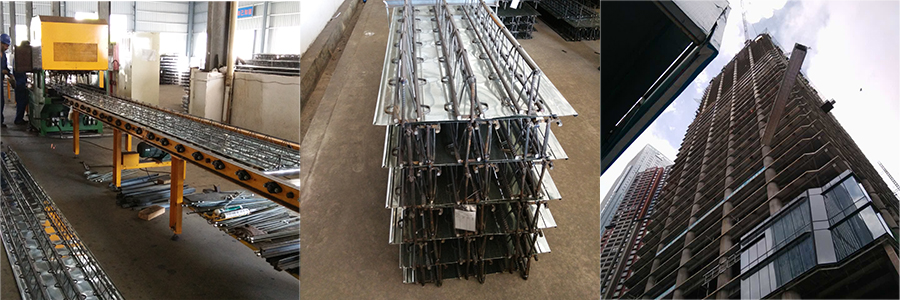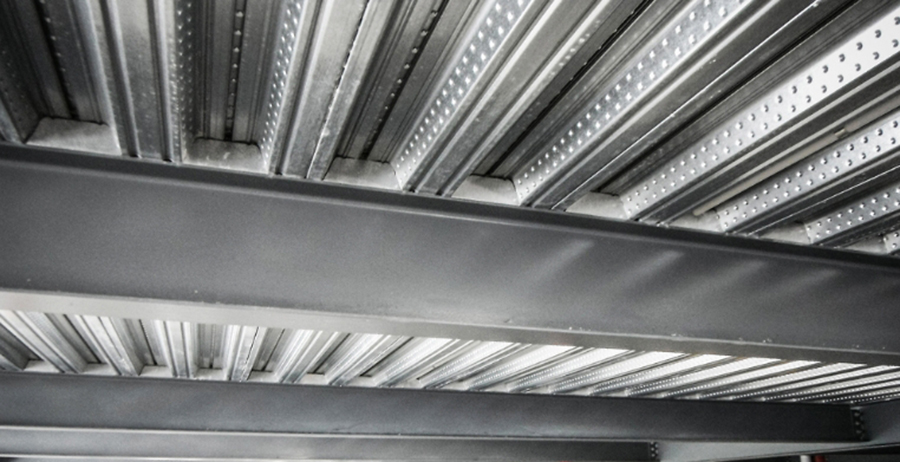What is composite floor Decking?

Composite metal floor decking features embossed flutes that bond with concrete as it cures, creating a strong structural system. Unlike roof decking (which lacks embossments), this design ensures shear transfer for floors. Ideal for commercial,industrial projects, it speeds construction while reducing material costs. Key benefits: load-bearing capacity, fire resistance, and design flexibility.
What is difference between composite and non-composite floor decking?
|
|
Composite |
Uses |
|
Composite systems combine steel decking (tensile strength) and concrete (compression resistance) to create lightweight, durable floors/roofs that outperform individual materials.
|
Composite metal floor deck merges steel and concrete for superior load capacity, offering varied profiles with unmatched strength-to-weight ratios,ideal for modern high-performance construction.
|
|
|
|
Non-Composite |
Uses |
|
Non-composite metal roof deck provides structural support with smooth panels, offering diaphragm shear and load capacity in versatile profiles,ideal for lightweight commercial/industrial roofing.
|
Non-composite metal roof deck supports commercial roofs with rigid insulation and built-up waterproofing, offering lightweight strength and thermal efficiency in one system.
|
Metal decking adapts beyond roofs—used vertically as siding, horizontally,vertically for gates,fencing, or as dumpster covers to block rain. In theaters, it supports raised platforms for luxury recliners. Its versatility meets structural and aesthetic needs across construction projects. Explore our solutions for unique applications.

Composite metal decking comes in shallow or deep profiles to meet project needs. Its length and span capacity depend on gauge thickness and load requirements. Explore our metal decking products page for detailed specs and solutions tailored to your structural and design demands.
years of experience
 online service
online service +86-592-6095031
+86-592-6095031 manager@yumisteel.com
manager@yumisteel.com Alina_Yuki
Alina_Yuki +8613559086380
+8613559086380 +8615860744964
+8615860744964